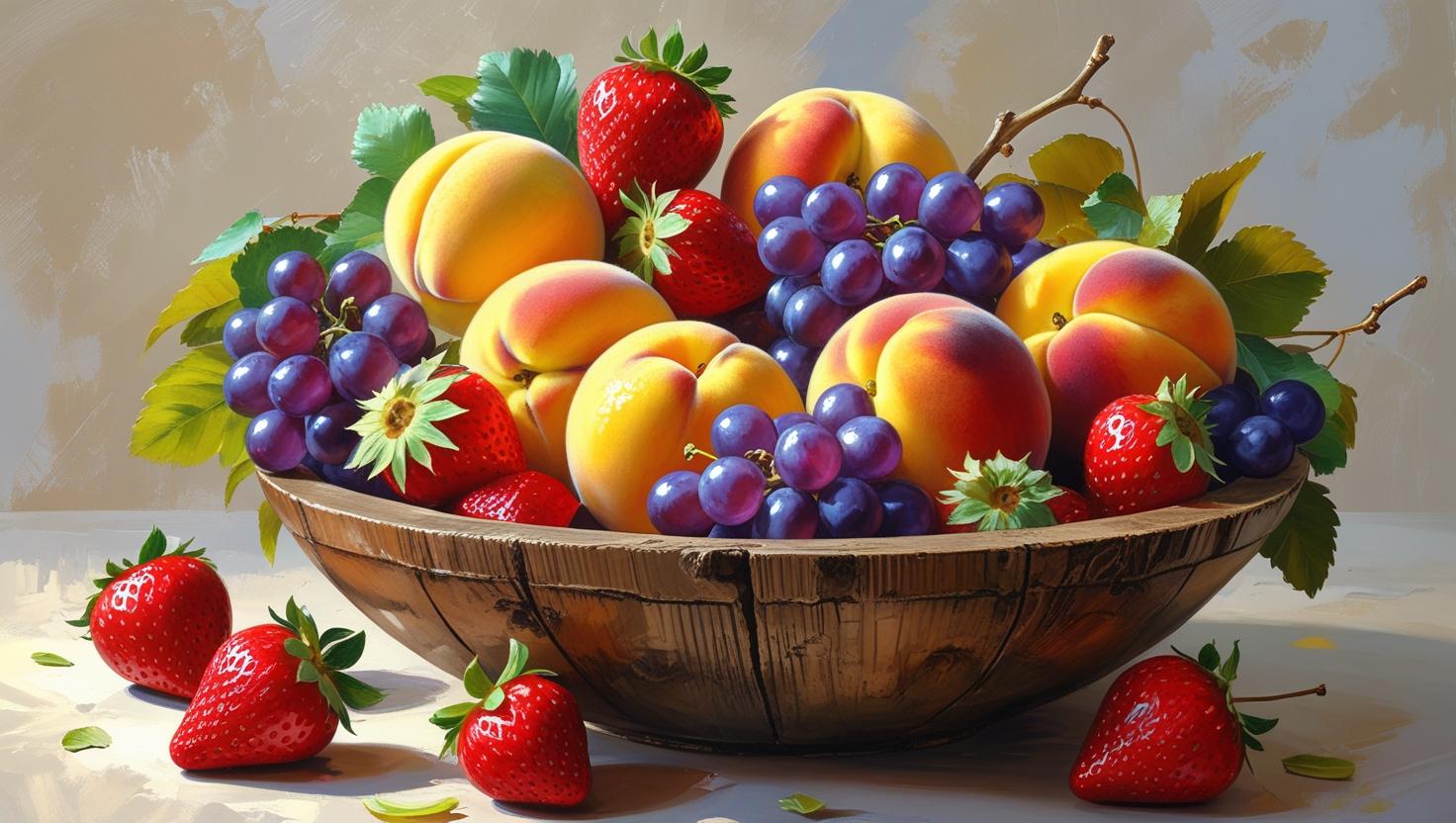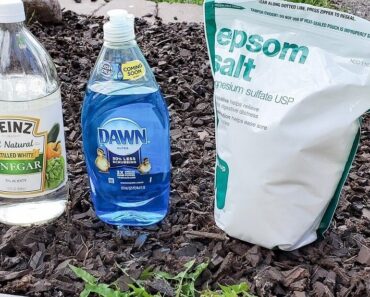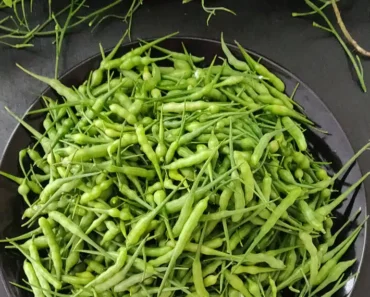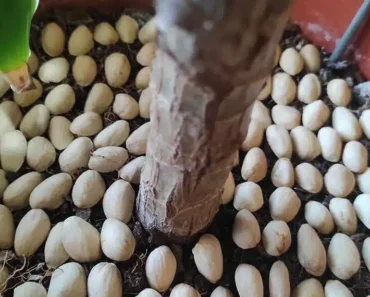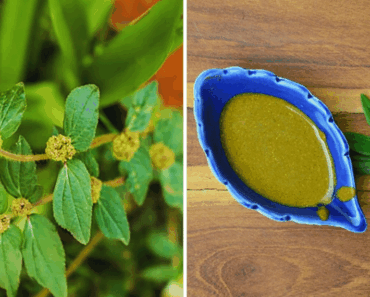Imagine feeling full, enjoying generous meals, and still losing weight. It sounds almost too good to be true, but science—and plenty of real-life success stories—prove that you can, in fact, eat more while watching the numbers on the scale drop. The secret? It’s called “volume eating,” an approach built around smart food choices, satisfaction, and sustainable habits. Let’s dig into how you can master this strategy, stay healthy, and never fear hunger again.
The Science: Why Eating More Can Help You Lose Weight
Traditional dieting often conjures images of tiny meals and constant hunger. But according to nutrition research, the volume and quality of what you eat matters more than simply cutting quantity123. Here’s why:
-
Satiety (Fullness): Your body cares about how much you eat, not just the calorie count. Foods high in water and fiber fill your stomach faster with fewer calories, triggering feelings of fullness before you overeat.
-
Energy Density: This is the number of calories per gram of food. High-volume, low-energy-dense foods let you eat more food without overloading on calories21345.
-
Habit Building: Eating more satisfying meals translates to reduced cravings and makes it easier to stick with healthy choices over the long haul.
What Is Volume Eating?
Volume eating focuses on foods that have a lot of volume (bulk) but low calories. Think big salads, hearty vegetable soups, and plates piled high with greens, fruits, lean proteins, and whole grains1267345.
High-Volume, Low-Calorie Foods
-
Vegetables: Leafy greens, cruciferous veggies (broccoli, cauliflower), peppers, tomatoes, cucumbers
-
Fruits: Berries, apples, oranges, watermelon, cantaloupe
-
Legumes: Beans, lentils, chickpeas
-
Lean Proteins: Chicken breast, turkey, egg whites, fish, low-fat dairy
-
Whole Grains: Brown rice, quinoa, oats, whole-wheat pasta (moderation needed)
-
Soups: Broth- or tomato-based soups (not creamy)
Building Meals That Are Big and Slimming
1. Fill Half Your Plate with Non-Starchy Veggies
Aim for at least two cups at lunch and dinner. Vegetables are high in fiber and water (making them bulky but low in calories), so you can eat big servings with little calorie impact8167345.
2. Prioritize Lean Protein
Protein is the most filling macronutrient. Include chicken, fish, eggs, tofu, or legumes in every meal to further boost satiety81910.
3. Opt for Whole Grains
Swap white bread, pasta, and rice for whole grain versions. Whole grains provide more fiber and volume, keeping you fuller for longer81121213.
4. Nix the Liquid Calories
Soda, sugary coffee drinks, and even juice are calorie-dense without offering fullness. Switch to water, sparkling water, or unsweetened tea812.
5. Add Smart Snacks
Enjoy snacks like air-popped popcorn, yogurt with berries, or a crisp apple between meals to curb hunger and stay on track111971014135.
Sample High-Volume Day
| Meal | Example | Why It Works |
|---|---|---|
| Breakfast | Oatmeal with berries and a sliced banana | Oatmeal is high in fiber, berries add volume and antioxidants |
| Snack | Apple and 2 boiled eggs | Fruit fills up your stomach, eggs add protein for fullness |
| Lunch | Large mixed salad (spinach, cucumbers, tomatoes, chickpeas, grilled chicken) | You get bulk, fiber, and protein for lasting satiety |
| Snack | Air-popped popcorn or Greek yogurt | Popcorn is low-cal, yogurt is high-protein |
| Dinner | Grilled salmon, broccoli, carrots, brown rice | Protein, fiber, and water-rich veggies fill your plate |
| Dessert | Sliced fruit or a few squares of dark chocolate | Satisfies sweet tooth, won’t sabotage calorie goals |
Top Tips for Eating More and Weighing Less
Choose More Water-Rich Foods
Foods like melons, cucumbers, and soups contain lots of water, so they fill you up without many calories11126734.
Increase Fiber and Protein
Both slow digestion and keep you fuller longer. Fiber is found in whole grains, beans, fruits, and veggies; protein in lean meats, eggs, Greek yogurt, tofu, and fish81231013.
Add Volume to Recipes
Try bulking up meals with extra veggies—a stir fry with double the broccoli, a stew with extra carrots and beans, or mixing cauliflower rice into your standard rice base736.
Watch Calorie-Dense Ingredients
Fat and sugar pack lots of calories in small quantities. Use less oil, butter, creamy dressings, and high-fat cheeses. Be mindful with nuts and seeds (healthy, but calorie-rich in bulk)134.
Eat Mindfully and Slow Down
Pause between bites, chew thoroughly, and give your brain time to register fullness. Eating slower naturally reduces overeating9.
Common Pitfalls of Traditional “Dieting”—And How Volume Eating Fixes Them
| Old School Dieting | Volume Eating |
|---|---|
| Tiny portions—always hungry | Big portions—naturally satisfied |
| Focus on cutting out foods/groups | Focus on adding healthy, filling foods |
| Counting every calorie | Prioritizing low-calorie, high-volume foods |
| Frequent cravings and binging | Lower cravings, easier long-term adherence |
| Quick loss, quick regain | Encourages sustainable, balanced lifestyle changes |
Popular Volume Eating Swaps
| Instead of… | Try… | Why? |
|---|---|---|
| White rice or pasta | Cauliflower rice or spiralized veggies | Less calories, more bulk |
| Chips or crackers | Air-popped popcorn | More volume, fewer calories |
| French fries | Baked sweet potato fries or carrot sticks | Lower in fat and calories |
| Mayonnaise/dressings | Greek yogurt, salsa, or hummus | Adds creaminess, fewer calories |
| Sugary breakfasts & cereal | Oatmeal with fresh fruit | More fiber, slower digestion |
Sustainable Success: Long-Term Mindset
Volume eating isn’t a fad; it’s a foundation for a happier, healthier relationship with food. Here’s why it stands out:
-
No forbidden foods: You aren’t cutting out any major food groups—just making smarter swaps and prioritizing filling, nutrient-dense options.
-
More pleasure, less deprivation: Feeling full and satisfied lowers the mental burden of “dieting,” making it easier to maintain healthy habits345.
-
Supports metabolism: Eating enough (especially protein and fiber) preserves lean muscle mass, which supports a healthy metabolism during weight loss635.
-
Encourages variety: Exploring new grains, legumes, and veggies keeps meals interesting and covers your nutritional bases.
Frequently Asked Questions
Can you really eat as much as you want and still lose weight?
No, total calories still matter. But high-volume, low-calorie foods let you eat much more before reaching your energy needs1273.
What foods should you limit?
Reduce eating highly processed snacks, sweets, fried foods, and foods with lots of added fats and sugars15124.
Is it safe for everyone?
Generally yes, but those with medical conditions or specific dietary needs (e.g., diabetes) should consult with a doctor or registered dietitian.
Putting Volume Eating Into Practice
Start with small tweaks—add an extra handful of spinach to dinner, swap in fruit for your usual snack, or build a hearty vegetable soup for easy lunches. Notice how much fuller and more energized you feel without having to count, cut, or deprive.
Remember: Eating more of the right foods is the simplest, most satisfying way to reach your weight loss and health goals. With a plate piled high, you’ll never fear hunger—or “dieting”—again.
Disclaimer: This article is for informational purposes only and does not constitute medical advice. For personalized advice or health concerns, always consult with a qualified healthcare professional.
- https://www.nutrition.org.uk/media/vvondfra/energy-density-leaflet-april-2022.pdf
- https://www.mayoclinic.org/healthy-lifestyle/weight-loss/in-depth/weight-loss/art-20044318
- https://www.henryford.com/blog/2023/08/more-food-less-calories—what-is-volume-eating
- https://welltech.com/content/high-volume-low-calorie-foods-volume-eating-and-weight-loss/
- https://www.health.com/does-volume-eating-help-you-lose-weight-7506232
- https://www.ulike.com/blogs/sports-fitness/10-high-volume-low-calorie-foods-meals-for-weight-loss
- https://blog.providence.org/healthcalling/eat-more-weigh-less
- https://www.nhs.uk/better-health/lose-weight/healthy-eating-when-trying-to-lose-weight/
- https://www.healthline.com/nutrition/30-ways-to-lose-weight-naturally
- https://www.healthline.com/nutrition/most-weight-loss-friendly-foods
- https://www.webmd.com/diet/features/how-to-lose-eight-while-eating-more-food
- https://www.mayoclinic.org/healthy-lifestyle/weight-loss/in-depth/weight-loss/art-20047752
- https://www.shape.com/weight-loss/management/why-eating-more-secret-losing-weight
- https://www.aarp.org/health/healthy-living/weight-loss-foods/
- https://www.medicalnewstoday.com/articles/324564
- https://www.webmd.com/diet/ss/slideshow-food-combos-weight-loss
- https://www.health.harvard.edu/topics/diet-and-weight-loss
- https://www.healthhub.sg/live-healthy/eat-more-and-lose-weight
- https://www.bhf.org.uk/informationsupport/heart-matters-magazine/nutrition/small-changes-add-up
- https://www.nhs.uk/better-health/lose-weight/

